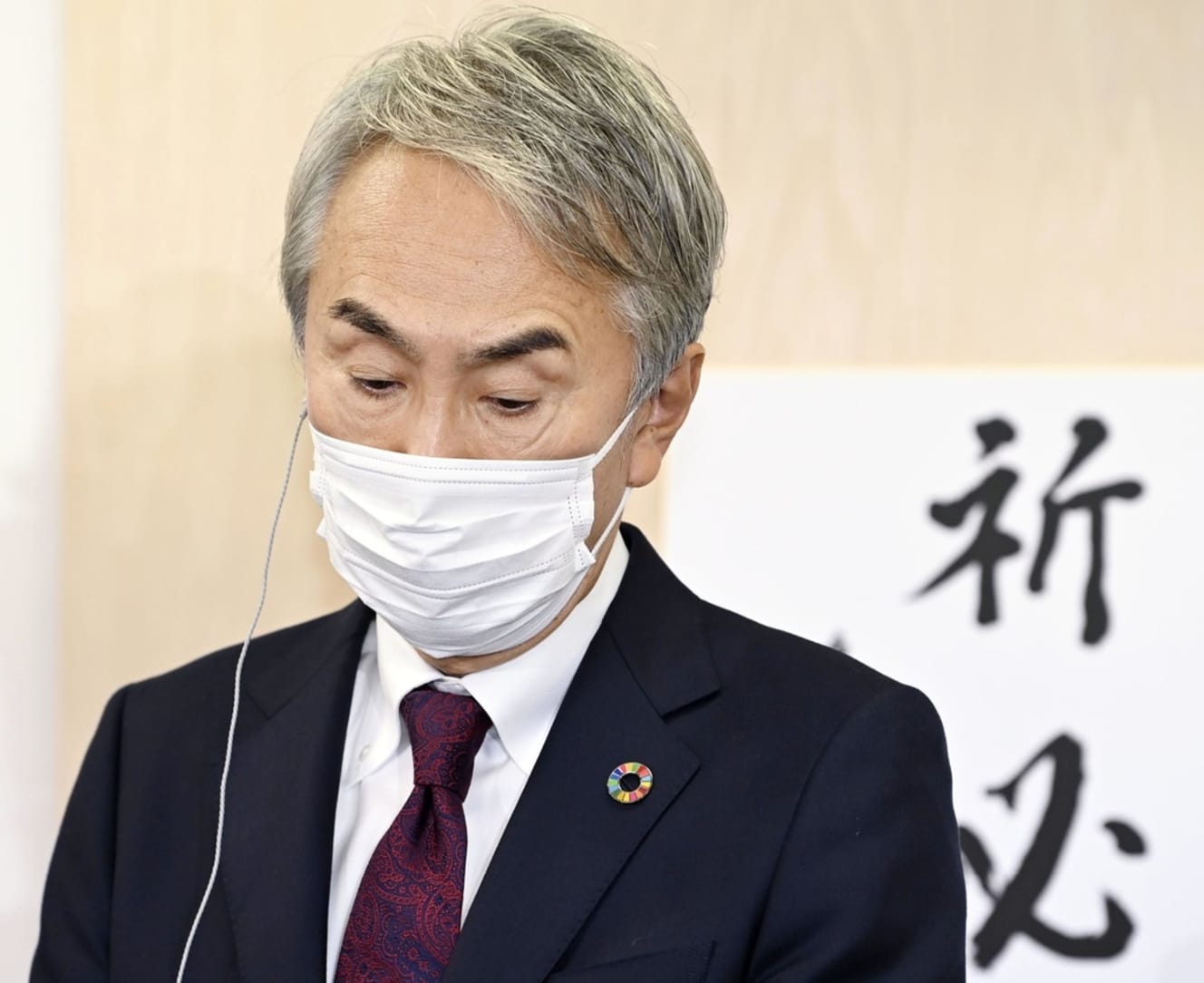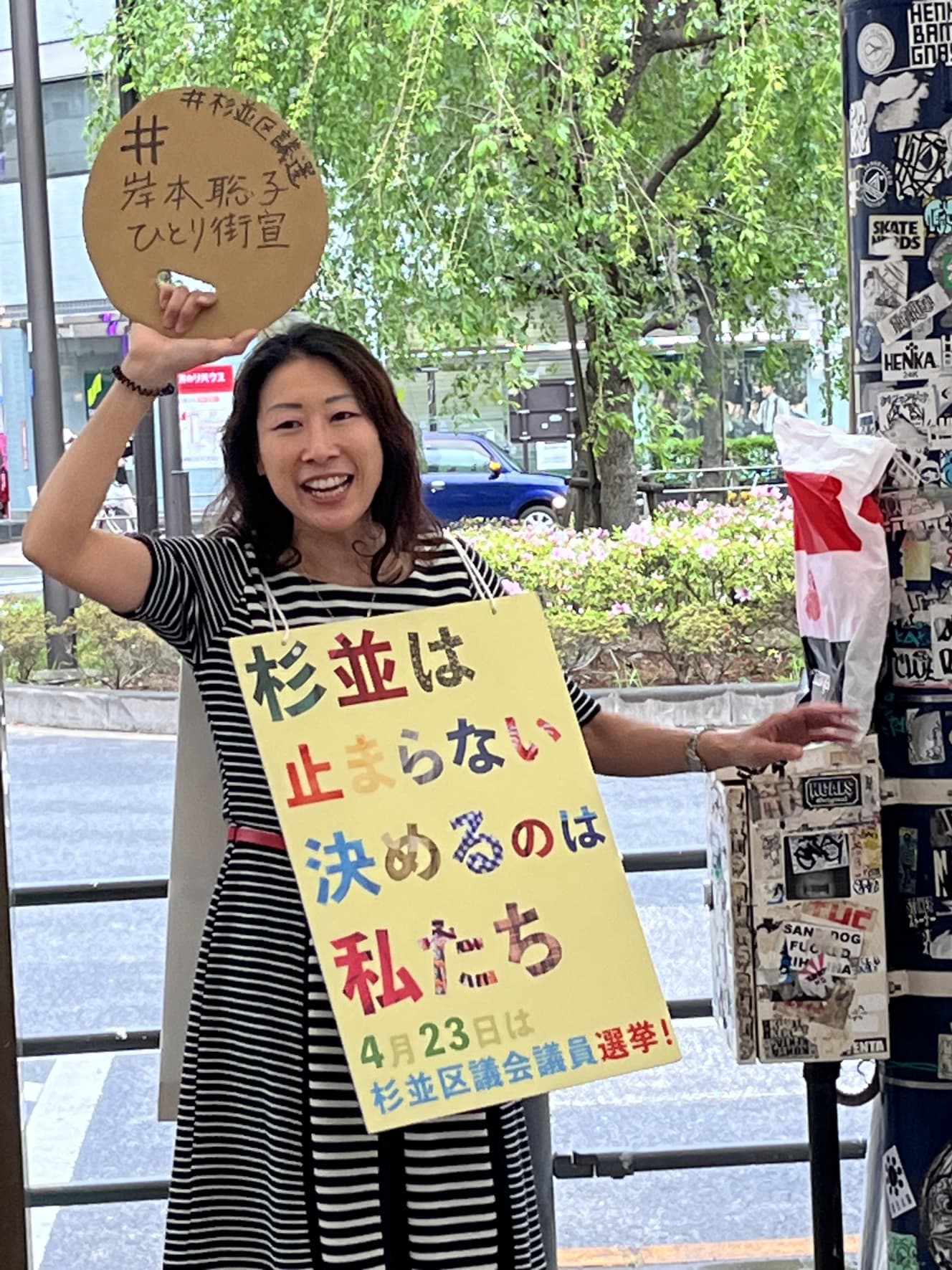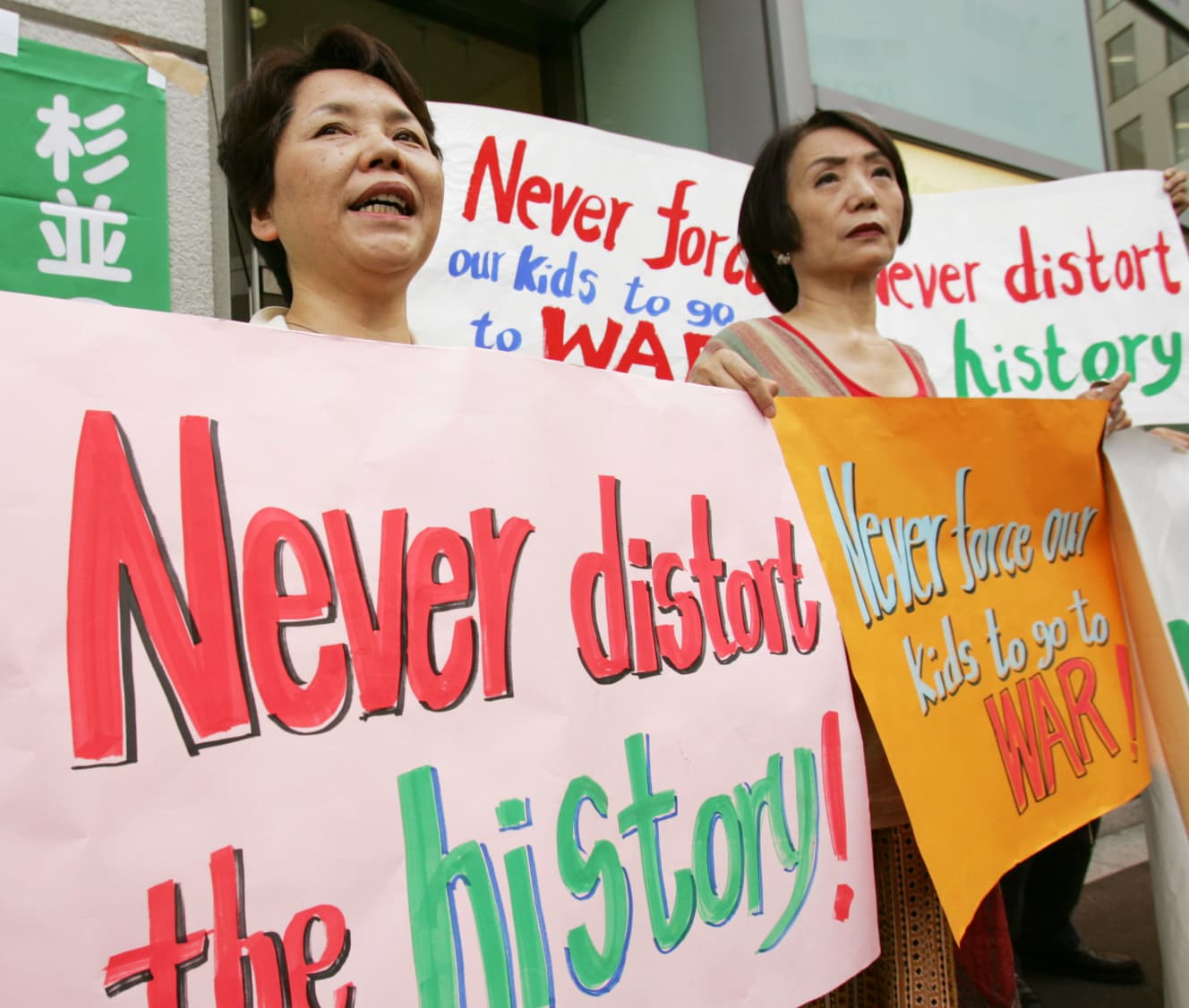More than half of the council members are women under the “Suginami-ku Reform”…What happened to “Suginami-ku” in the local unification election?
The rapid rise began in Tokyo’s 8th ward in the 2021 lower house election, where Nobuteru Ishihara “lost” the election.
I almost despaired of Japan, but Suginami Ward is my last hope,” “I envy Suginami Ward,” “I want to live in Suginami Ward.
–such voices were all over SNS from the results of the Unified Local Election ’23 held on April 23.
According to reports in the Asahi Shimbun Digital and Tokyo Shimbun, there are nine cities in Japan
Suginami Ward, among others, is also the ward that attracted national attention when Satoko Kishimoto, who had lived in Europe for many years until her last return to Japan and worked as a researcher at an international policy think tank, won the ward mayor election last June by 187 votes over the incumbent who was seeking a fourth term in office.
At first glance, it may appear that the ward administration has changed all at once with the birth of an innovative leader returning from Europe. However, the birth of Mayor Kishimoto was part of a process of rapid progress in Suginami Ward. The first major step back in time began in the Tokyo 8 ward of the ’21 lower house election, when Harumi Yoshida of the Constitutional Democratic Party of Japan defeated Nobuaki Ishihara of the Liberal Democratic Party. The people who supported that election were the citizens of Suginami Ward.
We interviewed Mr. Atsutoshi Urushihara of the “Association for Thinking Together about Suginami’s Problems,” one of the many citizens’ groups in Suginami Ward that were responsible for these activities.

Suginami Ward, where civic movements have taken place to address numerous social issues
There were many problems in Suginami Ward. One was the ongoing plan to expand the road running in front of JR Nishi Ogikubo Station. In fact, the urban planning road was planned in 1947, right after the war, when the area was a burnt field, but it was not started for more than 70 years until around 2006, when it suddenly began to move.
The trigger was that former ward mayor Ryo Tanaka applied for and received approval from the Tokyo Metropolitan Government for the construction project, overcoming the opposition of the residents along the road.
There are many unique small stores in Nishiogi, but expanding the road would have destroyed them. The attractive streetscape will also disappear.
It is said that the reason why former Mayor Tanaka wanted to proceed with the urban planning road in the first place was because he wanted to redevelop the south exit of Nishiogikubo Station. In order to proceed with the construction of townhouses in the redevelopment project, the road would first have to be widened to allow for the construction of taller buildings. Land grabbing in anticipation of this redevelopment has already begun. It has been pointed out that there may be various interests of politicians and contractors involved in the background.
In fact, Suginami Ward is the birthplace of the organized campaign to ban atomic and hydrogen bombs, which began after the Daigo Fukuryu Maru disaster, and has been the site of numerous citizen movements to address social issues, including textbook issues.
In addition to this history, during the reign of former ward mayor Tanaka, the ward government began to consolidate schools, privatize nursery schools, abolish parks, and close children’s centers and facilities for the elderly under the guise of “fiscal reconstruction. This was the foundation of the major reform of Suginami Ward.
During the ’17 general election, the citizens’ groups in Suginami Ward had been calling on the opposition parties to join forces in a joint struggle, but this did not go well. So, for the 2009 general election for the House of Representatives, the Suginami citizens’ group created specific policies and proposed them to the opposition parties in advance. We called for the realization of a joint opposition party struggle this time around.
However, in the 8th ward of Tokyo, where Suginami Ward is located, while Harumi Yoshida was being nominated as a united opposition candidate, Taro Yamamoto, the representative of Reiwa, suddenly announced his candidacy, which was met with fierce opposition from Yoshida’s supporters. In the end, Taro Yamamoto withdrew his candidacy, the Communist Party withdrew its candidacy, and the unification of opposition candidates “miraculously came together.
A distinctly different “wind” began to blow…
A distinctly different wind began to blow as women became even more prominent, with many female authors, writers, and celebrities showing up at rallies and street advertisements held during the election period.
In the wake of the Taro Yamamoto fiasco, Yoshida became a candidate of national interest as a symbol of the “ruling party versus opposition party collaboration,” defeating Nobuaki Ishihara and blowing a gaping hole in the “Ishihara Kingdom” that had been in place for about 30 years. The turnout in Tokyo’s 8th ward was 61.03%, the highest among the 25 wards in Tokyo, and up 5.61 points from the previous election.
His next challenge will be the election for mayor of Suginami Ward in 2010. However, his opponent is incumbent Ryo Tanaka, who has served three terms as ward mayor and is seeking a fourth term. Therefore, the citizens’ group also created a citizens’ organization in which each opposition party and citizens worked together on the election campaign.

She said, “On January 30 of last year, I launched the ‘Association for Creating a Resident-Conscious Suginami Ward Mayor.
At the inaugural meeting with about 200 real and online participants, there were reports from residents who had opposed the construction of urban planning roads and the abolition of children’s centers, etc. Most of them were women who had never spoken in front of people or participated in an election campaign before. Most of them were women who had never spoken in public or participated in an election campaign before. These women became the core members of the subsequent election campaign.
The name of the meeting was also proposed by one of the first women who came to the meeting. We had prepared several ideas, but we decided to decide democratically by a show of hands.
The opinion that the word “citizens” such as “Citizens’ Association” sounded pompous and scary, or that “easy-to-understand language” would be better, was something our generation would never have thought of.
The problem, however, was that the crucial candidate had not yet been found.
We had a policy that the new district mayor should definitely be a woman, and we approached several women, but with the time limit of the end of March approaching, we were unable to find a candidate. …… It so happened that one of our colleagues suggested that I should also ask my friend, Satoko Kishimoto, who was living in Belgium at the time. One of our colleagues happened to mention a friend of mine who was living in Belgium at the time, Ms. Satoko Kishimoto.
Ms. Kishimoto was the perfect candidate for us because she was someone who had seen municipalityism (a new political movement that values local sovereignty) in Europe and was familiar with the citizens’ movement to change politics from the local level, to change national politics, and to bring democracy back from the local level.”

One-man street protests, dialogue rallies… and winning the election by 187 votes.
The biggest problem, however, was the complete lack of name recognition. Therefore, “one-man street advertising” by volunteers was started.
The candidate’s face and name are well-known, and he advertises in the ward’s PR magazine, so it would be obvious if he went around by himself,” said one woman.
So one woman said, ‘If the ward mayor stands at 00 station on this day, I will carry a poster of Ms. Satoko Kishimoto at my local station.’ Eventually, the standing at the station with the poster attached to her body gradually evolved, and the variety of leaflets and posters increased.
At one of the rallies, when the suggestion was made, ‘Why don’t we do it at all 19 stations in Suginami Ward?’ the charge for all the stations was quickly filled among the people who came to the rally. Furthermore, since it would be hard to do it every day, we asked local residents to join us, and so on.
I believe that the increase in the number of participants was due to the experience and results of Harumi Yoshida’s election, and the belief that politics can be changed if we speak up. Moreover, the upcoming ward mayor election is so terrible that we have to change it somehow. So the one-man street advertising spread spontaneously.”
However, Kishimoto says that not many people listened to his street advertising in the beginning.
Eventually, he was advised to “hold the microphone like this,” and a female LDP councilor told him, “Don’t wear black or navy blue; change to bright, fresh colors. As he took in various opinions, he began to change the style of the meeting from one in which the candidate spoke unilaterally to a “dialogue meeting” in which the public was invited to express their opinions and ask questions.
Mr. Kishimoto’s dialogue meetings began to spread on SNS and other social networking sites, and the attention they garnered increased. It was not like a ward mayor’s race, with Yukio Edano and Renho from the Rikken, Akira Koike from the Communist Party, and Taro Yamamoto from the Reiwa rallying to support him.
The campaign pledges made by Mr. Kishimoto were also refined by presenting the drafts made by the citizens’ group to Mr. Kishimoto and listening to the opinions of various people at the dialogue meetings.
As a result, Mr. Kishimoto won the election by 187 votes, making him realize the importance of one vote and the “power of women.
Changing only the ward mayor does not change things…Women came forward in the ward assembly elections
However, even after the birth of Mayor Kishimoto, Mr. Urushihara recalls that during questioning at the council meetings, he was subjected to personal attacks and false questions from council members who were members of the former mayor’s faction.
In some cases, the abolition of children’s centers, which had already been decided during the previous mayor’s term, could not be withdrawn because the budget had been allocated for it. The city had just finally decided on a policy to review the urban planning road, and the abolition of the road was still a long way off. But the council members of the former mayor’s faction attacked him, saying, ‘If we don’t abolish it, it will be a violation of the mayor’s pledge.
If the mayor is being dragged down by the council in this way, the voters felt that the council needed to be changed, and the women who had fought together in the mayor’s election came forward in the ward assembly election.
The women who had fought together in the ward mayor’s election came forward to contest the ward assembly election. The common goal of all was to “increase the voter turnout” and “change the council.
Two women printed 7,000 flyers with a call to action to increase voter turnout and a list on the back showing which council members voted for which ordinances, and distributed them at various locations. One man created a website called “Suginami Draft Council. Based on the biographies of 69 candidates and the results of a questionnaire to each candidate, this innovative system allows voters to click on items that match their ideas, such as gender issues and environmental issues, to automatically narrow down the list of candidates they want to vote for.
Ward Mayor Kishimoto also declared that he would make a one-man street advertisement for the councilor election at a street advertisement for the ward assembly report on March 19, right? He said that it was his turn to support those who had supported him when he was elected. When I asked for applicants, I received requests from 19 people, mostly from new candidates.
This is the first time that all the candidates, including those from the Rikken, Communist, Reiwa, Social Democratic, Green Party, Seikatsu-sha Net, and independent parties, gathered together and held joint street advertising campaigns in front of stations. We were able to achieve this because of the joint struggle between citizens and opposition parties since the election of Harumi Yoshida, and the media paid attention to it because no one had ever seen such a scene before.

A new landscape of politics. We realized that politics has already begun to change in Suginami.”
As a result, voter turnout increased by 4.19%. As mentioned earlier, the pariticipation was realized, and the results further demonstrated the realization that “politics will change if the voter turnout increases. When asked where the campaign will go from here, Mr. Urushibara said, “Politics based on dialogue with residents is the key to our future.
How will politics that makes the most of dialogue with residents progress, and how can we specifically review the urban planning roads and redevelopment projects that the administration has unilaterally promoted? We have to watch over them so that the review can be realized.
It is not easy to change politics. But at the very least, if the mayor changes, the ward administration will change, as evidenced by the fact that the partnership system has already been realized, and now we are making step-by-step progress toward the implementation of the free school lunch program, the Climate Ward Citizens Conference, and the ward citizen-participatory budget. Now that the composition of the council has changed, I believe that the Kishimoto administration will be able to move forward even further.
Politics is not something that is far away, but something that will surely change if we move, if one of us raises our voice. I believe that politics will spread from our feet to the community and then to the nation.
Interview and text by: Wakako Takou